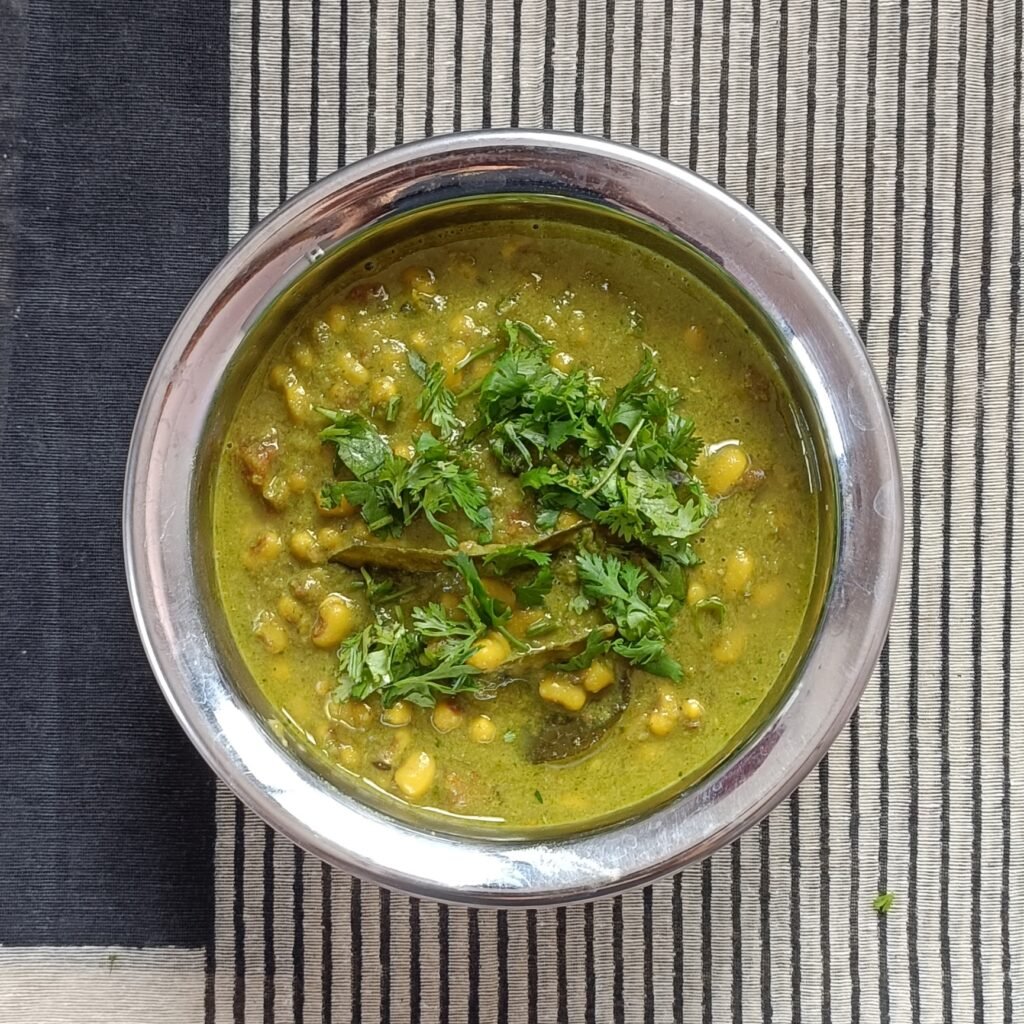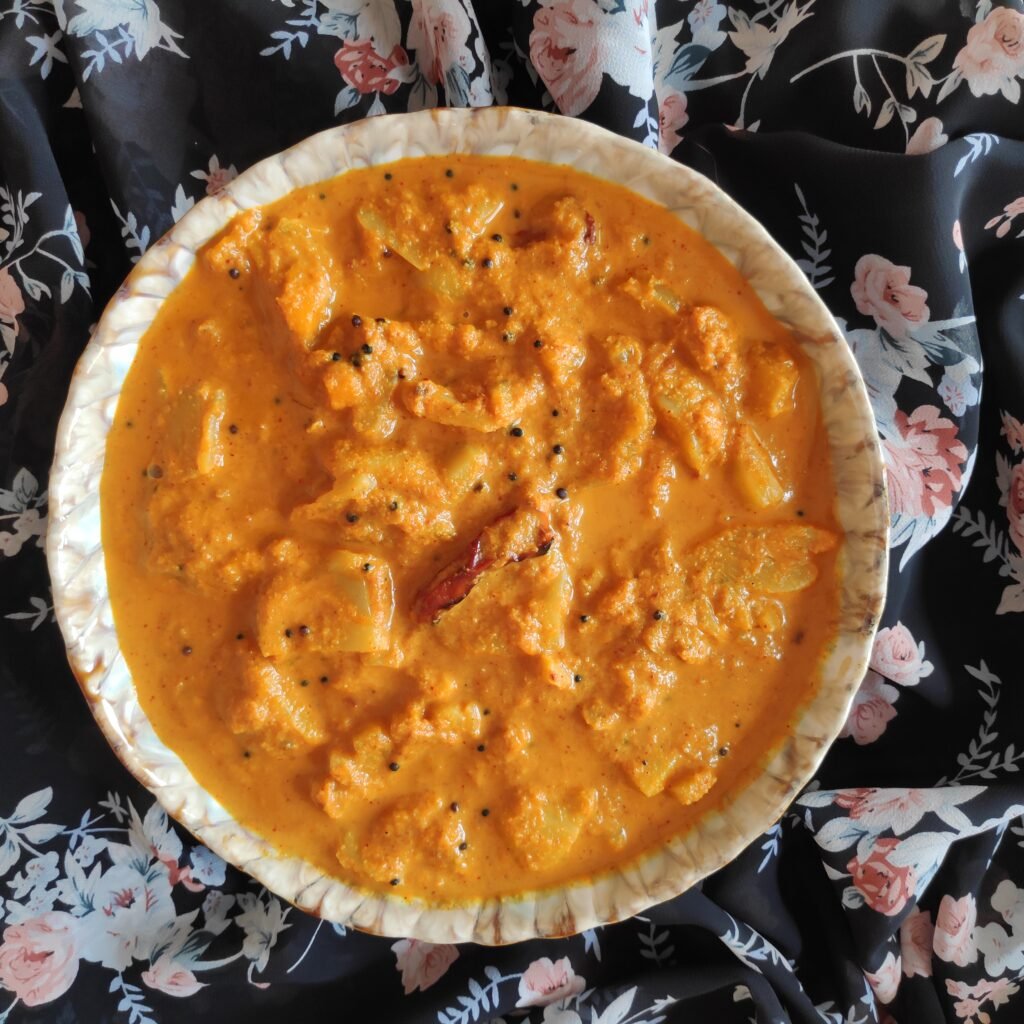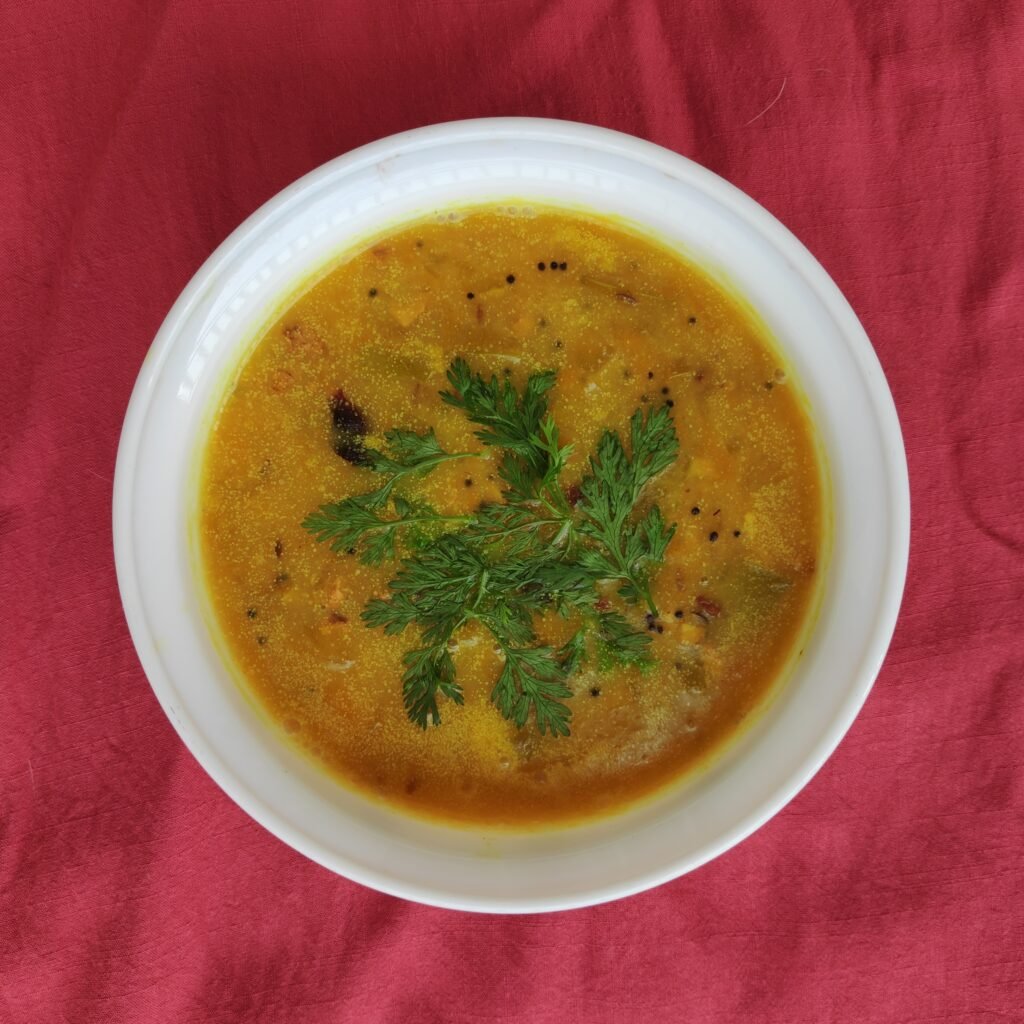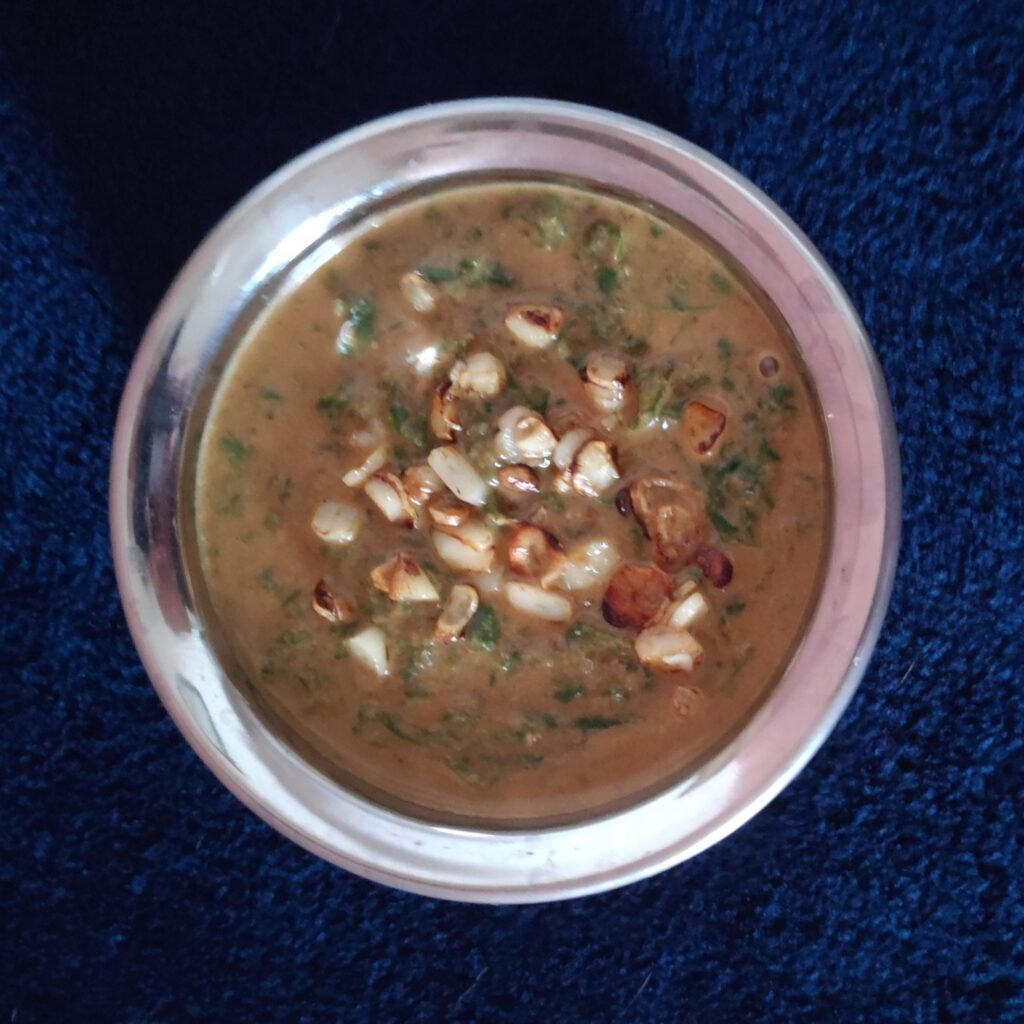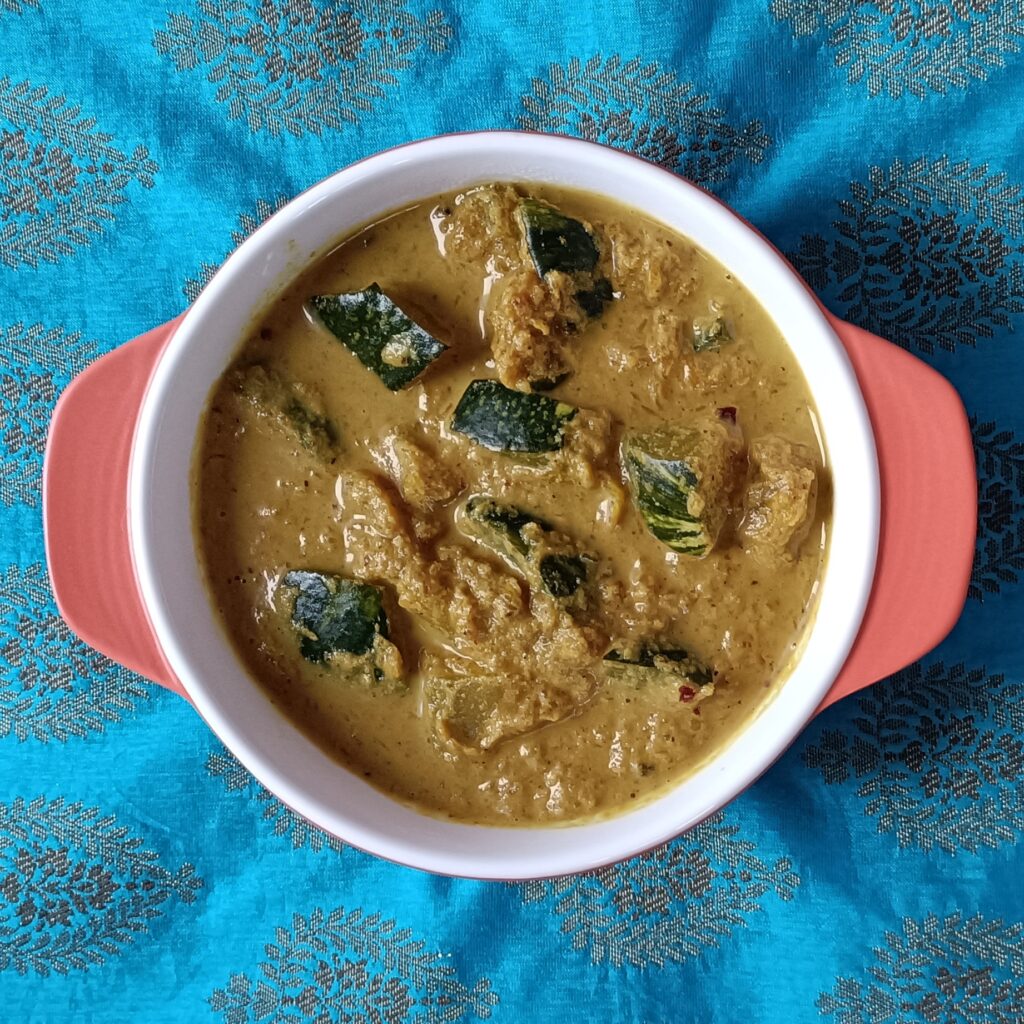
Lal Bhopla Bendi (Red Pumpkin Bendi)
Triphal or Indian Prickly Ash has a delicate flavour if used in the appropriate quantity. This spice is also used a lot in some Chinese cuisine. Sichuan pepper as it is also known, is said to encourage sweating in humid climate and thus help cool the body.
Pumpkin is low in calories and high in nutrition, especially fibre and beta carotene. It can help with weight loss because of its fibre content which provides a feeling of satiety without adding calories. The bold orange color of a ripe pumpkin indicates it is rich in beta-carotene, which is a provitamin and a powerful antioxidant used by the body to make vitamin A. Antioxidants protect the body from free radicals — atoms that cause tiny injuries to cells. Over time, the damage can lead to diseases like cancer or wrinkling of the skin as an aging process. Antioxidants neutralize free radicals, keeping them from harming our body cells keeping your body in better health and looking younger. If tumor cells do start to form, beta-carotene works to hinder their growth. Beta-carotene also triggers the body to release natural killer cells that attack and destroy tumors. So all in all, you should include pumpkin as a regular vegetable in your diet.

